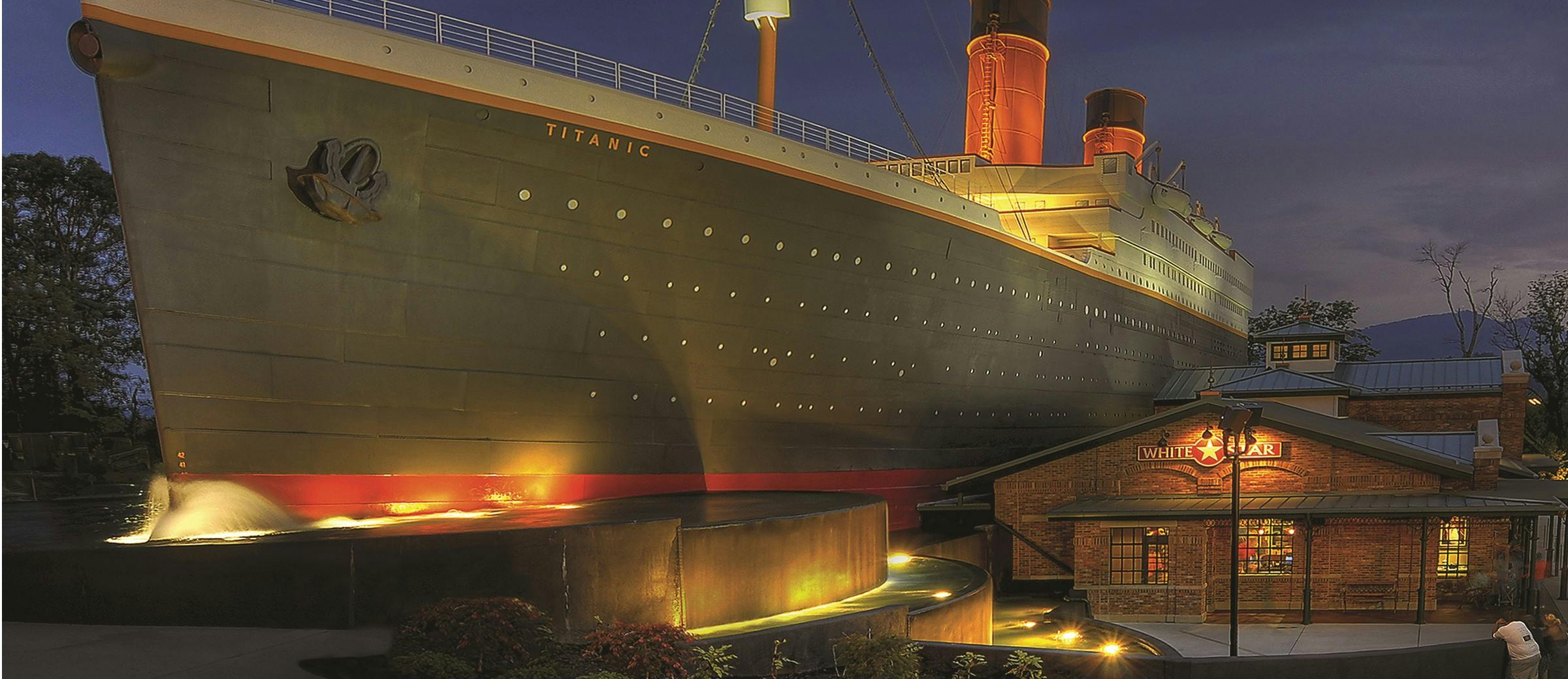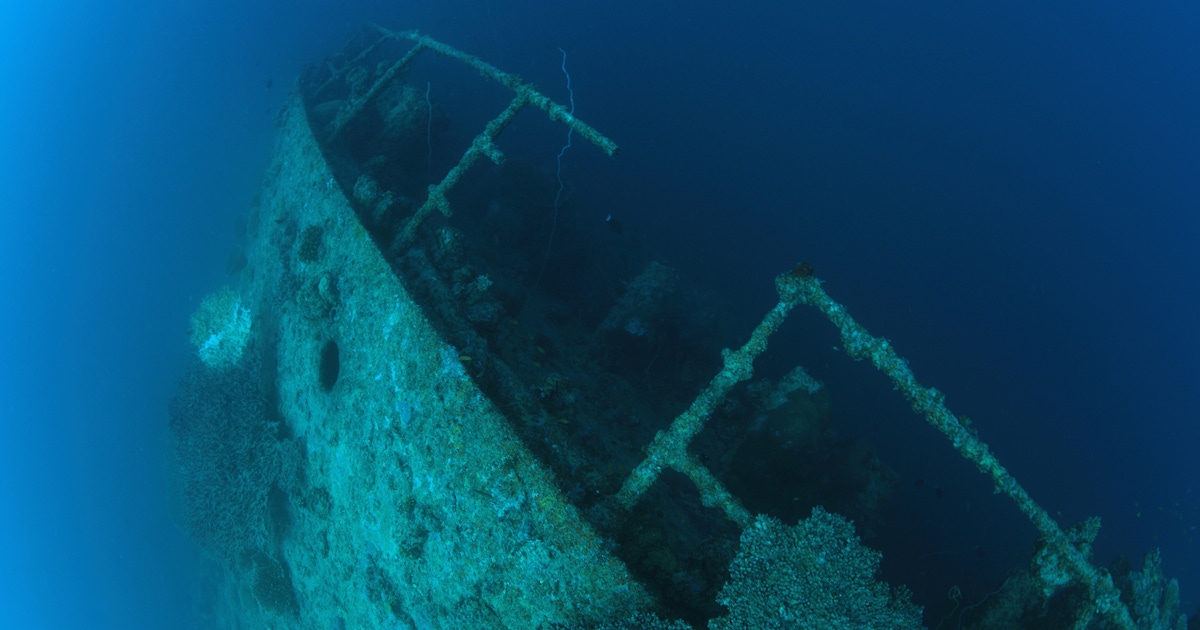The sinking of the Titanic on April 15, 1912, is one of the most famous maritime disasters in history. The tragic story of the “unsinkable” ship has captivated the world’s attention for over a century, and its legacy continues to live on in popular culture. The Titanic was a symbol of the technological advancements of the early 20th century, but its sinking demonstrated the limitations of human innovation.
The Titanic was the largest and most luxurious passenger liner of its time. It was built by the White Star Line, a British shipping company, and was intended to be the epitome of luxury travel. The ship was 882 feet long, weighed 46,328 tons, and could accommodate up to 2,435 passengers and crew members.
On April 10, 1912, the Titanic set sail from Southampton, England, on its maiden voyage to New York City. Among its passengers were some of the wealthiest people in the world, including John Jacob Astor IV, Benjamin Guggenheim, and Isidor Straus, as well as hundreds of emigrants seeking a new life in America.
Four days into the voyage, on April 14, the Titanic struck an iceberg in the North Atlantic Ocean. The ship’s crew had received multiple warnings about icebergs in the area, but the Titanic’s captain, Edward Smith, did not slow down or change course. The collision caused a large gash in the ship’s side, and water quickly began to flood into the lower decks.
The Titanic was equipped with only enough lifeboats to accommodate about half of its passengers and crew. As a result, chaos and panic ensued as people fought for a place on the lifeboats. Women and children were given priority, but many men also managed to escape the sinking ship.
As the Titanic began to sink, its band famously played music to calm the passengers and crew. The ship’s lights flickered and eventually went out, leaving the ship in darkness. The Titanic sank completely in the early hours of April 15, 1912, with over 1,500 people losing their lives.
The sinking of the Titanic had a profound impact on the world. The tragedy led to significant changes in maritime safety regulations, including the requirement for all ships to carry enough lifeboats for every passenger and crew member. The Titanic also inspired a renewed focus on safety in the shipping industry, as well as advancements in technology, such as the invention of sonar.
The story of the Titanic has been the subject of countless books, movies, and documentaries over the years. It continues to capture the world’s imagination as a cautionary tale about the hubris of human innovation and the dangers of taking safety for granted. The legacy of the Titanic lives on as a reminder of the importance of learning from past mistakes and striving to prevent tragedies from happening again in the future.











